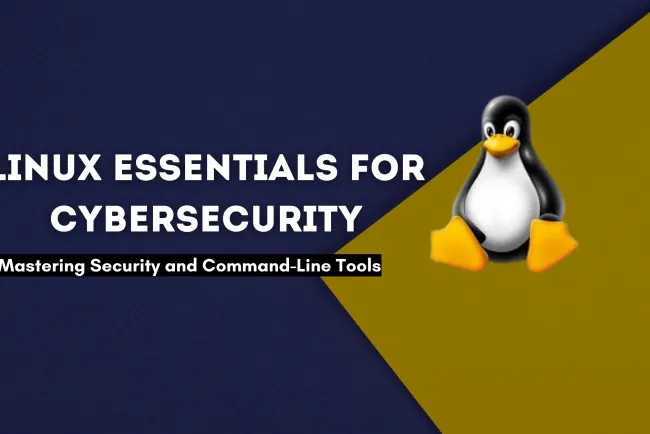What is Network and How to prevent from Attacks from Hackers?
In today's world of connected devices, security is often overlooked. When working with networks, it's critical to understand how network traffic flows and what types of threats may try to infiltrate your system. The first step to securing any network is understanding its architecture. In order to protect your organization's infrastructure, you need to know where data enters your network and where it exits. Once you have determined this information, you'll have a good idea of where to monitor for potential attacks and vulnerabilities.

All networks run on a set of protocols. A protocol is a collection of rules that govern how messages are transmitted over a network. These protocols allow computers to communicate with each other regardless of their physical location. The three major types of networking protocols are OSI model, TCP/IP and UDP/IP.
OSI Model
The Open Systems Interconnection (OSI) model was invented by the International Organization for Standardization as a framework for developing communications standards between software applications. It consists of seven layers, starting at the bottom with Physical Layer and ending with Application layer. Each layer offers services to the layer above it.
TCP/IP Model
The Transmission Control Protocol and Internet Protocol suite is the most popular method for implementing data transmission across a network. All communication over the internet uses these two protocols.
UDP/IP Model
Unidirectional Data Packet protocol works on top of IP but does not have any provisions for error correction. It transmits packets without considering the reliability of the link. In case the destination node is down, it retransmits packets until confirmation comes back.
Types Of Network Attacks
There are many different ways someone could try to compromise your systems. The most common type of attack is called an Intrusion Detection System (IDS) attack. An IDS is designed to detect malicious activity and alert administrators about it. There are two primary types of IDS - host-based and application-layer. Host-based IDS scans packets at Layer 2 or Network layer. Application-Layer IDS looks for suspicious behavior at Transmission Control Protocol (TCP), User Datagram Protocol (UDP), Internet Protocol (IP), Hypertext Transfer Protocol (HTTP), File Transfer Protocol (FTP), Secure Sockets Layer (SSL), and others.
There are basically four categories of popular attacks on networks. The first category includes Denial-of-Service (DoS), Distributed DoS (DDoS), Man-in-the middle attack and sniffer attack.
DoS -Denial-of-service is the oldest type of attack. It involves preventing legitimate users from accessing the desired service. The attacker tries to overload the servers or make them crash by sending a large number of requests.
DDoS -Distributed denial-of-service is a much newer technique than doos attack. In this case, attackers take control of many computers and flood the target server with traffic, thereby making it unusable.
Man-in-the Middle Attack -This refers to an attacker who intercepts the communication between clients and servers. He then alters the content of the message being sent or received. This is a serious breach of security.
Sniffer Attack -In this kind of attack, hackers search for vulnerable hosts in order to gain access to sensitive information. Once they find a host that lets them listen to what's going on inside, they can steal passwords, credit cards, bank account details etc.
How To Prevent And Detect Computer Breaches
The best way to prevent computer breaches is to educate users on proper security practices. You should provide training programs to teach users how to protect their machines and networks. You should also create policies and procedures to govern user access to sensitive data. While education and policy enforcement are effective in preventing cyber attacks, they aren't sufficient; you need to implement additional countermeasures.
What Are The Best Practices For Ensuring Network Security?
You should perform periodic vulnerability assessments and patch management. You should also configure firewalls and use encryption technology. Vulnerability assessment tools allow you to scan systems for known weaknesses. Patch management software is invaluable for keeping your systems updated and protected. Encryption technology ensures that data remains safe no matter who views it. Finally, firewalls help keep out intruders and limit unauthorized access to your network.
We offer Certified Ethical Hacking CEHv12 training courses that help you gain knowledge about cyber security issues. Our course material teaches you how to use tools to identify vulnerabilities in websites and networks. You will learn how to exploit them and gain information from these systems. This way, you can improve your skills to stay safe online. We have different types of classes offered at various levels. Check out our website to find what suits you best. WebAsha Is best for Certified Ethical Hacking CEHv12 Training & Certification in Pune, Learn Certified Ethical Hacking CEHv12 From Zero to Advance Level. Certified Ethical Hacking CEHv12 is provided by EC Council. Certified Ethical Hacking CEHv12 is very important training and certification in the field of Cyber Security career.














![Top 10 Ethical Hackers in the World [2025]](https://www.webasha.com/blog/uploads/images/202408/image_100x75_66c2f983c207b.webp)








